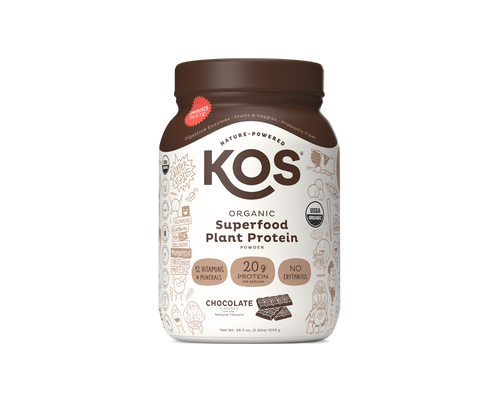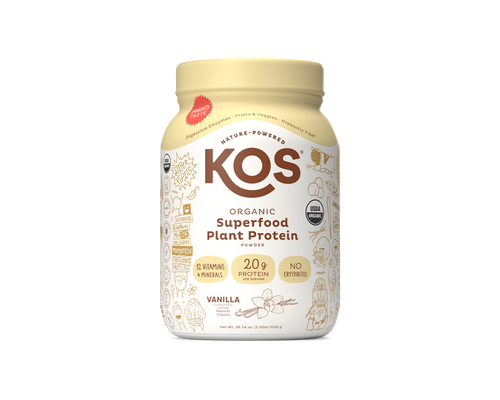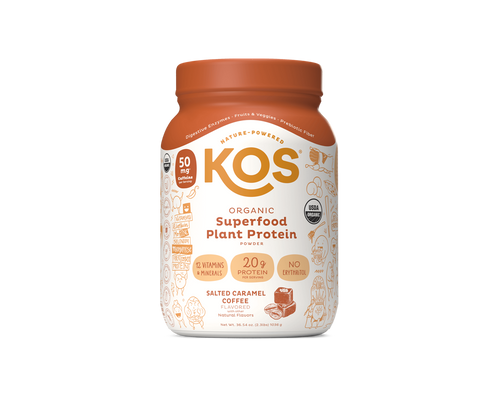Table of Contents
Peanuts for Beginners: History, Nutrition Facts, and Health Benefits
Peanuts. You think you know them pretty well. Guess again. First of all, peanuts aren't really nuts at all. They are beans. Why don't we call them Peabeans?
That may be a reasonable question (mostly), but it will not be addressed in this essay. What is the exact botanical difference between a bean and a nut? Ah, that we can answer.
Actual nuts grow on trees. Not surprisingly, these are called tree nuts. Chestnuts, hazelnuts, almonds, and walnuts are examples of tree nuts. As the United States Department of Agriculture tells us, nuts are “a specific type of dry fruit with a single seed, a hard shell, and a protective husk.”
If you picture a walnut in your mind's eye, you can see the hard shell and single seed described above.
Legumes—such as peanuts—are not nuts.
Peanuts develop beneath the soil, underground. This makes them radically unlike nuts. Peanuts are often conveniently classified as nuts for culinary and scientific reasons, but peanuts are beans. Beans are edible seeds.
Let's discuss all things peanuts - from their health benefits and nutrition facts to their history and allergies
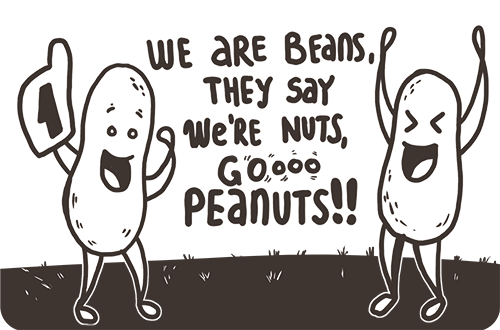
Peanuts: A History
The peanut is native to the Western Hemisphere, and is today cultivated in tropical and subtropical areas around the world. We can thank Spanish explorers for discovering all that a peanut could do. When the Spanish explorers discovered the peanut in South America, they wasted no time sending them home to Europe for study.
Soon enough, a robust trade in peanuts sprang up, with trade routes across Asia and Africa moving peanuts to new populations as the newly discovered peanut quickly became a popular food item.
In the 1700s, sailing ships brought the peanut back to North America and the new colonies there. The United States had a few commercial peanut farms initially Peanuts were not widely cultivated in the 1700s and 1800s and were mostly grown in—and considered a feature of—the U.S. South.
Peanuts rise in popularity
The peanut was first regarded as a food for the poor, so growing and harvesting methods were sluggish and not terribly innovative as they were unmotivated by a sense of how popular peanuts could be. The peanut was a predominantly regional delicacy until the Civil War, when it became wildly popular in the south, and began to be known outside that part of the U.S.
After the Civil War, the demand for peanuts increased quickly. By the end of the nineteenth century, peanut growing and processing innovation kicked in. Machines for harvesting and shelling peanuts made peanut processing less laborious and the peanut industry expanded massively.
By the 20th century new equipment resulted in an even greater expansion of the peanut trade, and peanut oil became a valuable commodity.
When technologies matured for improving peanut flavor through roasting, salted peanuts, peanut butter, and peanut-based snacks were quickly adopted.
Do peanuts have protein?
Yes, peanuts do have protein. According to the U.S. Department of Agriculture Nutrient Database, a one-ounce serving of peanuts (about a handful) is a good source of protein. Peanut butter and peanuts have the same amount of high-quality, plant-based protein in them -- about 7 grams of clean, plant-based protein.
Minerals such as magnesium, phosphorus, and potassium are also abundant in peanuts. These minerals support heart health, aid in the development of healthy skin, hair, and nails, and help regulate normal body processes. Peanuts are also a good source of dietary fiber, which may help support blood health.
Peanuts also contain antioxidants that can naturally protect cells that are being damaged by free radicals. Peanuts have earned their reputation for being a great source of protein and nutrients.

Fat in peanuts
Do peanuts have fats in them? Yes -- peanuts are packed with healthy fats that support heart health. Monounsaturated and polyunsaturated fatty acids both contribute to the health benefits of peanuts, with monounsaturated fat supporting cholesterol maintenance, and polyunsaturated fat contributing to the production of hormones and vitamin E. Peanuts are a terrific source of omega-3 and omega-6 fatty acids.
Shelled Fresh Peanuts vs Packaged Peanuts
Shelled fresh peanuts are more nutrient dense than packaged peanuts, as one might intuitively deduce. Fresh peanuts have higher levels of antioxidants, vitamins and minerals. They also have dietary fiber, making them an excellent choice for people on a peanut butter diet.
Fresh shelled peanuts have a shorter shelf life than packaged peanuts. You have to refrigerate raw shelled peanuts once they’ve been purchased. This preserves the nutritional content and keeps them free from harmful bacteria while prolonging the life of the nuts.
Raw peanuts are said to be "plump and buttery" in nature, with a delicate nutty flavor; as one might expect!
Packaged peanuts are typically pre-roasted, often salted, and may contain some preservatives. These factors can of course influence the nutritional punch of the product. Choosing raw shelled peanuts over packaged ones offers more nutrients per serving.
Peanuts: Don't Fear the Fat
Peanuts are legumes with a high — and healthy —fat content. Yes, peanuts are an excellent source of healthy fats. One cup of peanuts—a legume, remember—contains about 50 calories of fat. That's about 20 percent of the calories in a cup of actual nuts. This amount of fat is easily absorbed by the body and provides heart-healthy monounsaturated and polyunsaturated fatty acids that can support your blood health and circulation.
What About Peanut Butter?
Peanut butter is a popular way to enjoy the nutrition and health benefits of peanuts. It's typically made with roasted peanuts, oil, and salt.
Peanut butter is high in protein and fiber and low in carbs. This makes it a healthy addition to your diet if consumed with moderation. Moderation and peanut butter don't always go together, unfortunately. Monitoring your peanut butter intake is all on you.
Peanut butter is of course a handy way to incorporate more protein and fat into your meals.

Peanut allergies
A peanut allergy is a serious condition in which someone develops an allergic reaction to peanuts, such as skin rash, difficulty breathing, or swelling of the mouth, throat, or tongue.
The symptoms of a peanut allergy vary from person to person, but may include itching, tingling, and nausea when exposed to peanut protein. A peanut allergy may be life-threatening if untreated.
Anaphylaxis is a potentially fatal whole-body response to an allergy that involves the most severe allergic reaction to peanuts. Difficulty breathing, throat constriction, a sudden drop in blood pressure, faintness, and dizziness are all possible symptoms of peanut-caused anaphylaxis.
If you have a peanut allergy yourself, it's vitally important to wear a medical alert bracelet and carry an emergency ID with details about your peanut allergy. This will help your health-care providers quickly identify and work with you on your peanut allergies in an emergency situation.
As with any food allergies, precautions that should be taken when consuming peanuts, or, depending on one's sensitivity, even when consuming products that have been processed in the vicinity of peanuts.
When you are in the presence of people with a peanut allergy, be very careful not to expose them to peanut residue, as that could be fatal.
Peanut Nutritional profile
Peanuts are known as a healthy snack option, largely due to their admirably high nutrient content. Plant-based proteins such as those found in legumes and nuts offer a great alternative to animal-based proteins, because they contain amino acids necessary for building and repairing muscles, and supporting heart health. Here is the nutritional profile of a 100 gram serving of raw peanuts.
Macros
protein - 25.8 g
carbohydrate - 16.13 g
fiber - 8.5 g
sugars - 4.72 g
Fats
monounsaturated fats - 24.43 g
polyunsaturated fats - 15.56 g
saturated fats - 6.28 g
Minerals
potassium - 705 mg
phosphorous - 376 mg
magnesium - 168 mg
calcium - 92 mg
sodium - 18 mg
iron - 4.58 mg
zinc - 3.27 mg
Vitamins
vitamin B-3 (niacin) - 12.07 mg
vitamin E (alpha-tocopherol) - 8.33 mg
vitamin B-1 (thiamine) - 0.64 mg
vitamin B-6 (pyridoxine) - 0.35 mg
riboflavin (vitamin B-2) - 0.14 mg
folate (vitamin B-9) - 240 mcg
Are Peanuts ... Vegan?
Unprocessed peanuts are indeed vegan. Significantly, though, some packaged peanut products use gelatin as a way to make the spices and salt cling to the individual peanuts.
Where does gelatin come from? Gelatin is an animal protein whose extraction process involves boiling animal skin, tendons, ligaments, and bones. Cows or pigs are commonly used to produce it.
Gelatin makes its way into many products, edible and otherwise. Gelatin is used in shampoos and cosmetics.
Gelatin can be used as a thickener for fruit gelatins and puddings; candy, marshmallows, cakes, ice cream, and yogurts often contain a quantity of gelatin. Even many vitamins use gelatin in their processing.
A gelatin-like product called “agar” is sometimes marketed as “gelatin,” and that is derived from a type of seaweed, so agar is a vegan substitute for gelatin. As always, thoughtfully reading a product label can save you a world of heartache.
Peanuts Peanuts Peanuts. Did we mention peanuts?
This most familiar of all natural snacks is a nutritive gift from nature in its raw form; just be sure when you are enjoying processed peanuts you look at the ingredient list, so you can avoid compounds and derivatives that make the peanuts less nutritious.
If you are a vegan or vegetarian and are serious about avoidance of animal products, do be aware that a jar of delicious salted peanuts may contain animal by-products. Above all (yes-- moderation.
This is not a particularly popular word when you are delightedly drilling down through a large jar of irresistible salted peanuts. But keep moderation in your thoughts. Moderation is the bridge that gets you from a personal food ban to the regular and guilt-free pleasures of enjoying your favorite foods.
Yes, even in the realm of peanut-eating, moderation is your friend.

FAQs
Is peanut butter a good source of protein?
Peanut butter is an excellent source of protein, to be sure. For every two tablespoons of peanut butter there are around 7-8 grams of protein. Peanut butter contains important fatty acids, dietary fiber, vitamins, and minerals in addition to that. AND they taste like peanuts -- which is the best thing they have going for them. Peanuts are a healthy snack that supplies you with extra protein without adding too much fat or calories
Why is a peanut not a nut?
A peanut may look like a nut, but it is actually a legume. This is because peanuts grow underground and have pods that contain multiple seeds. Nuts, on the other hand, typically grow on trees and have hard shells that contain only one seed. Yes, this is that crazy world. Peanuts are a bean.
Are peanuts good for health?
Yes, peanuts are indeed a healthy snack that can offer several health benefits. Peanuts are high in protein and contain healthy fats, vitamins, minerals, and fiber that can help nourish the body, as well as keep you feeling that fullness that takes the edge of your snacking. Additionally, they have antioxidants that can support the body's natural battle against free radicals.


